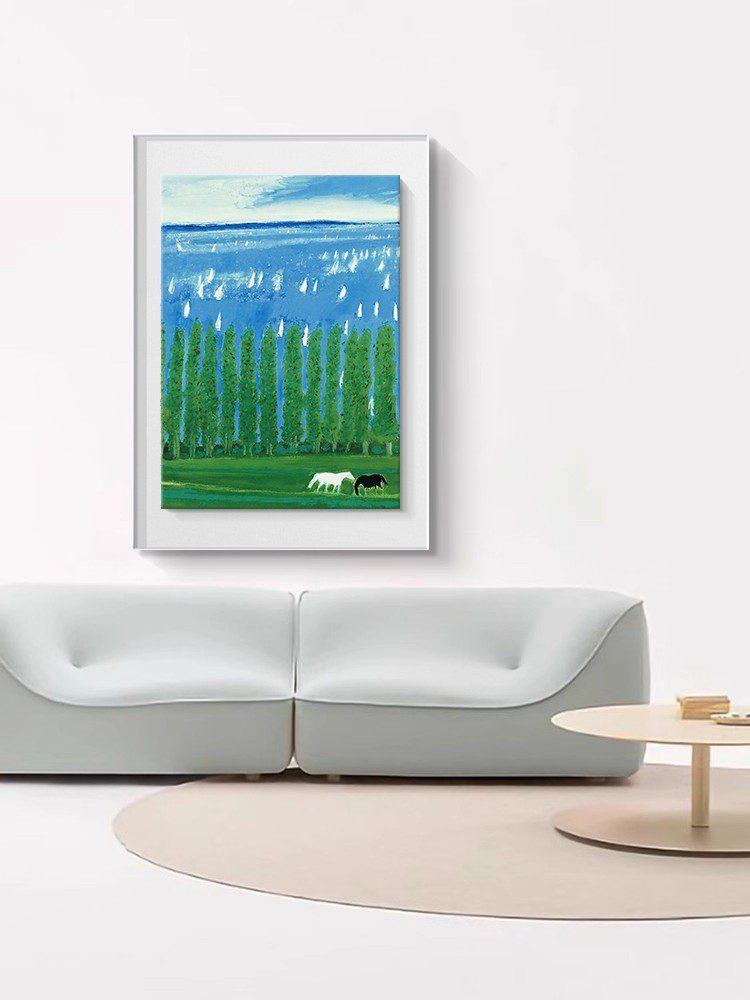Effective Practice Strategies to Enhance Hand-Painted Oil Art Skills
Improving hand-painted oil art techniques requires intentional, focused practice that challenges your abilities while reinforcing foundational knowledge. By incorporating diverse exercises, analyzing artistic principles, and experimenting with creative approaches, you can refine your skills and develop a unique style. Here are actionable strategies to elevate your oil painting practice.
Daily Warm-Up Exercises to Build Muscle Memory
Begin each session with short, repetitive drills to improve brush control and precision. Start with simple shapes like circles, squares, or lines, gradually increasing complexity as you warm up. For example, paint a series of concentric circles using different brush sizes to practice smooth, even strokes. Then, move on to blending exercises by mixing two colors on the canvas to create a seamless gradient. These drills help train your hand to execute movements fluidly, reducing hesitation during more detailed work.
Another effective warm-up is gesture painting, which focuses on capturing the essence of a subject quickly. Set a timer for 5–10 minutes and paint a loose, abstract representation of an object or scene. This exercise encourages you to prioritize form and movement over fine details, fostering a more intuitive approach to composition. Over time, these warm-ups will enhance your ability to work confidently and efficiently.
Mastering Color Theory Through Practical Application
Understanding color relationships is critical for creating harmonious and dynamic oil paintings. Dedicate time to exploring color mixing beyond basic primary and secondary hues. Experiment with complementary colors to neutralize tones or create shadows, such as mixing blue and orange to achieve a natural-looking dark. Practice creating tints by adding white to a color and shades by incorporating black or its alternative (like umber for warmer tones).
To deepen your grasp of color temperature, paint a still life using only warm colors (reds, yellows, oranges) in one session and cool colors (blues, greens, purples) in another. Observe how these palettes evoke different moods and spatial effects. Additionally, try limiting yourself to a monochromatic scheme, varying tints and shades of a single color to convey depth and form. This constrained practice forces you to think creatively about value and contrast.
Studying Light and Shadow to Add Dimension
Realistic oil paintings rely on accurate depictions of light and shadow. Choose a simple object, like a sphere or cube, and place it under a single light source. Observe how light interacts with its surface, noting highlights, midtones, and core shadows. Paint the object multiple times, altering the light direction each session to understand how shadows shift. This exercise helps you recognize subtle tonal variations and their role in defining form.
For more advanced practice, incorporate cast shadows—the shadows an object throws onto surrounding surfaces. Study how the shape of the shadow changes based on the object’s form and the light’s angle. Painting reflections on glossy surfaces, like glass or metal, can also sharpen your observation skills. These details add authenticity to your work and demonstrate a nuanced understanding of light behavior.
Experimenting With Brushwork and Texture
Oil paint’s versatility allows for a wide range of textures, from smooth gradients to thick impasto. Dedicate sessions to exploring different brush types and techniques. Use a flat brush to create sharp edges or a fan brush for soft blending. Experiment with palette knives to apply paint in bold, sculptural strokes, adding tactile interest to landscapes or abstract pieces.
To practice texture variation, paint a landscape incorporating multiple surfaces—rough tree bark, flowing water, and delicate foliage. Adjust your technique for each element: stippling for leaves, dry brushing for rocky textures, and glazing for translucent water effects. This exercise encourages you to match tools and methods to the subject, enhancing realism and visual appeal.
Analyzing and Emulating Masterworks
Studying paintings by accomplished artists provides invaluable insights into technique and composition. Choose a work that resonates with you and analyze its use of color, light, and brushwork. Recreate a small section of the painting, focusing on replicating the artist’s approach to blending, layering, or detailing. This exercise helps you internalize advanced methods while developing your observational skills.
For a modern twist, reinterpret the masterwork using your own style or subject matter. For instance, if you’re studying a classical portrait, apply the same lighting principles to a contemporary figure or abstract form. This bridges traditional techniques with personal creativity, fostering innovation in your practice.
By integrating these strategies into your routine, you’ll systematically strengthen your hand-painted oil art skills. Consistency is key—even short, focused sessions can yield significant progress over time. Embrace challenges as opportunities to grow, and allow your unique voice to emerge through experimentation and reflection.
